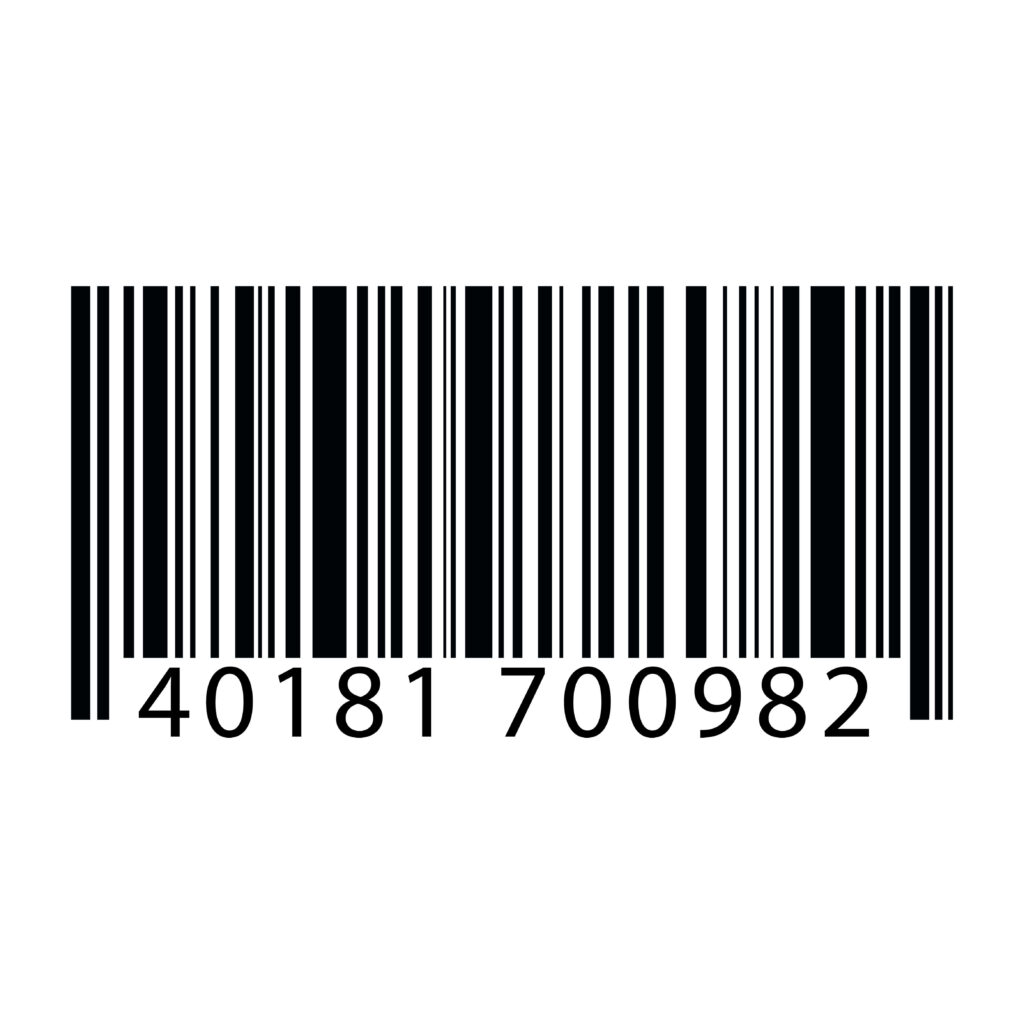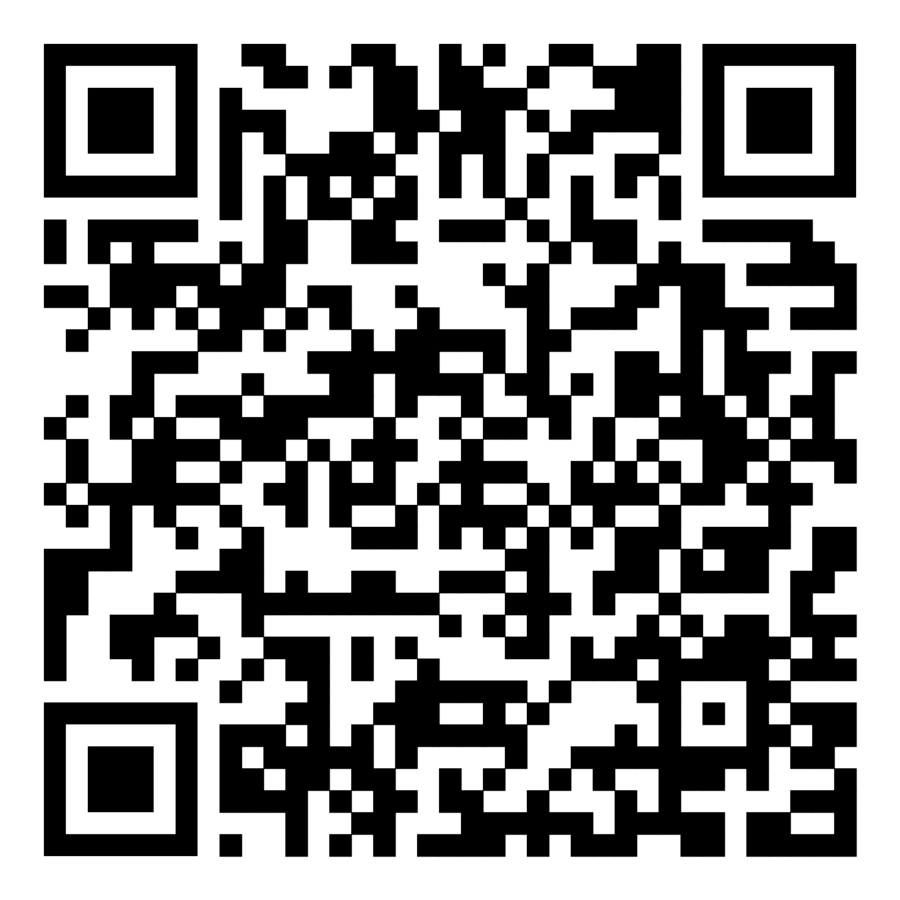Every time you go to the supermarket or restaurant, borrow a book from the library or connect to Wi-Fi, rent a car or use public transport, you are interacting with barcodes. They’re literally everywhere, whether we notice them or not.
Barcoding originally appeared in grocery stores. And since 1951, when they were invented, barcodes have become a universal symbol of trade.
So why are barcodes so popular? Are they so essential to run an online store? Where to get them, and what format is better? We’ll cover these questions in this blog post.
What is a barcode?
A barcode is a scanner-readable label containing encrypted information about a product. Barcodes are designed like fingerprints; they have a unique pattern that identifies the product in the store.
As a rule, barcodes are used directly at the point of sale, inventory management systems, or warehouses to quickly distinguish a product and determine its price, material, asset, etc.
Types of barcodes
Barcodes come in two types: 1D (1-dimensional) and 2D (2-dimensional).
One-dimensional barcodes look like a series of black and white vertical lines of varying widths and numbers below them. You’ve undoubtedly seen them on grocery store packaging, shipment labels, or book covers.

1D barcodes need to be connected to a database so that when they are scanned, they can convey information about a product, typically its name, type, size, and color. This particular type is the most common format in stores.
Two-dimensional barcodes are designed as a set of black and white patterns and shapes arranged in a square. Probably the most famous example of a 2D barcode is the QR code. By scanning the QR code with your smartphone, you can access digital content, log in to a website and, sometimes, verify your identity.

2D barcodes are more complex than 1D because they encrypt more data. While 1D types primarily store text, a 2D barcode reader can display information such as product quantities, images, and website URLs.

Benefits of using barcodes
For over 70 years, barcodes have been the go-to tool for speeding up sales operations and improving inventory management. When it comes to tracking prices, shipments, and even returns, they are an indispensable part of any inventory management system.
However, there are other subtle benefits that barcoding can bring to your business:
Enhanced accuracy
Entering product information manually is a time-consuming and tedious task that will inevitably lead to an error. Here barcoding come in handy. It reduces paperwork, eliminate manual data entry errors and ensure flawless accuracy.
Immediate data update
Another significant advantage of barcoding is the speed of data processing. Scanning a barcode and getting real-time stock and sales number updates takes just a few seconds. It’s a precious point for merchants with hundreds and thousands of transactions.
Efficient inventory control
Barcodes have proven to be an effective identification method. Companies worldwide use them to track, identify and manage goods as they move through the supply chain. Barcoding your products reduces the money and time spent resolving potential inventory management issues.
Cost-effective solution
Besides, introducing barcodes into your business doesn’t require special knowledge or outside help; they’re also quite affordable. Generating and printing barcodes is fast and costs next to nothing. You’ll probably have to invest in barcode scanners and a kind of barcode storage software. Anyway, taking into account all the mentioned benefits, these expenses will pay off.
How to get barcodes for your product
If you are just getting started in digital retail, you can use online barcode generation tools to create 1D and 2D formats for free.
As your business grows, you may consider getting a central database to create and store your barcodes. With this software and a barcode printer, you can make more codes for your store and assign them to your products.
However, if you plan to sell on marketplaces like eBay, Amazon, and Walmart, you must register with GS1. It is an international organization that maintains global standards for barcodes. GS1 will charge you based on how many products you need to encode, plus an initial and annual renewal fee.
Wrapping up
For decades, barcoding products have remained the most affordable and reliable way to keep business efficient and well-organized. So, no matter how big your online store is, barcodes are a must-have to store and track your product data efficiently.

